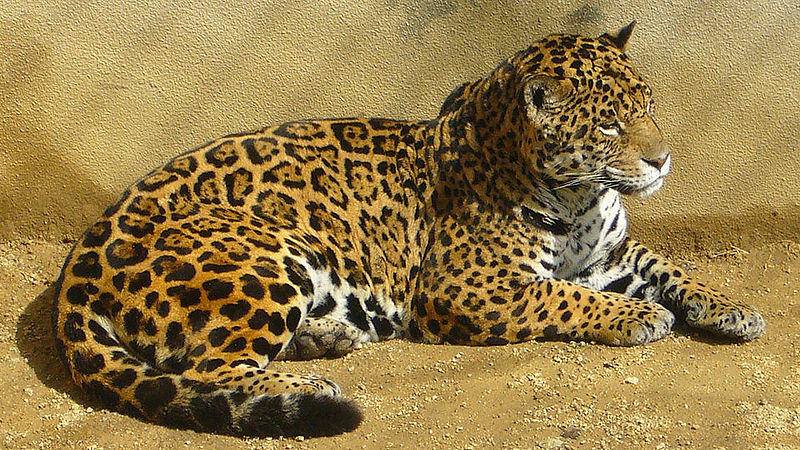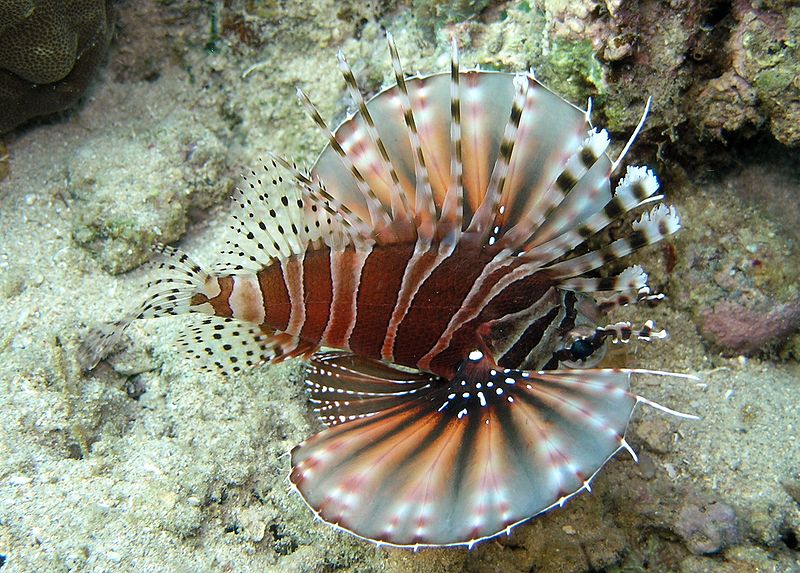Team:IPN-UNAM-Mexico/Front
From 2009.igem.org
(New page: {{Template:IPN-UNAM-Mexico}} <center><h1>Turing meets synthetic biology:</h1></center> <center><h2>self-emerging patterns in an activator-inhibitor network[[Image:V_IPNUNAMMexico.JPG |11...) |
|||
| (4 intermediate revisions not shown) | |||
| Line 3: | Line 3: | ||
<center><h1>Turing meets synthetic biology:</h1></center> | <center><h1>Turing meets synthetic biology:</h1></center> | ||
| - | <center><h2> | + | <center><h2>Self-emerging patterns in an activator-inhibitor network</h2></center> |
| - | |||
| - | + | [[Image:800px-Amur leopard01 960.jpg|thumb|240px|leopard spots pattern|left]] | |
| + | How do patterns emerge from a homogeneous population of cells? How can cells "know" their fate? Can we build up a system able to reproduce jaguar's spots or zebra's stripes on a bacterial colony? | ||
| - | + | The first mexican project on synthetic biology first proposed in 2006, inspired on the work of Alan Turing in morphogenesis, presents a synthetic network that emulates an activator-inhibitor system. Our goal is to show that spatio-temporal structures can be generated by the behavior of a genetic regulatory network. | |
| - | + | We implement the model by means of a couple of sets of BioBricks corresponding to both the self activating and inhibitory modules. | |
| + | Self-activation dynamics is given by BioBricks form the las operon, while the inhibitory part is provided by BioBricks from the lux operon. We use the bacterial quorum sensing based on signaling given by the concentration of different lactones to provide the reaction-diffusion mechanism responsible for the formation of Turing patterns. | ||
| + | [[Image:800px-Pterois zebra.jpg|240px|Zebra Fish|right]] | ||
| + | |||
| + | |||
| + | The lactones diffuse and interact with the network within the cells, this network responds to the presence of lactones in the medium; thus providing the reaction part of the system | ||
| + | The importance of our work relies on the fact that we can show that the action of morphogens as originally proposed by Turing is equivalent to the effect of diffusion of chemicals interacting with a genetic network. | ||
| + | |||
| + | In a few words with this project we show that we can synthetically build a pattern on a selforganizing network without explicitely coding the pattern into the genome. | ||
{{Template:IPN-UNAM-Mexico-footer}} | {{Template:IPN-UNAM-Mexico-footer}} | ||
Latest revision as of 01:14, 22 October 2009
Turing meets synthetic biology:
Self-emerging patterns in an activator-inhibitor network
How do patterns emerge from a homogeneous population of cells? How can cells "know" their fate? Can we build up a system able to reproduce jaguar's spots or zebra's stripes on a bacterial colony?
The first mexican project on synthetic biology first proposed in 2006, inspired on the work of Alan Turing in morphogenesis, presents a synthetic network that emulates an activator-inhibitor system. Our goal is to show that spatio-temporal structures can be generated by the behavior of a genetic regulatory network.
We implement the model by means of a couple of sets of BioBricks corresponding to both the self activating and inhibitory modules. Self-activation dynamics is given by BioBricks form the las operon, while the inhibitory part is provided by BioBricks from the lux operon. We use the bacterial quorum sensing based on signaling given by the concentration of different lactones to provide the reaction-diffusion mechanism responsible for the formation of Turing patterns.
The lactones diffuse and interact with the network within the cells, this network responds to the presence of lactones in the medium; thus providing the reaction part of the system The importance of our work relies on the fact that we can show that the action of morphogens as originally proposed by Turing is equivalent to the effect of diffusion of chemicals interacting with a genetic network.
In a few words with this project we show that we can synthetically build a pattern on a selforganizing network without explicitely coding the pattern into the genome.





 "
"


